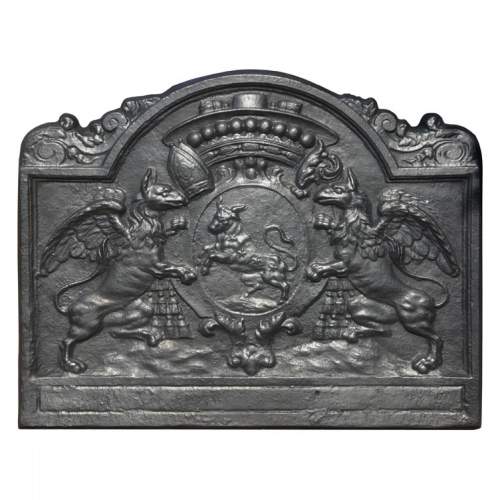Your selection is currently empty.
Here are the latest objects in our stock:
Dimensions:
Width: 122
Height: 95
Depth: 5
Dimensions:
Width: 111
Height: 95
Depth: 57
Inner width: 76
Inner height: 81
Dimensions:
Width: 48
Height: 182
Depth: 5
Dimensions:
Width: 152
Height: 111
Depth: 36
Inner width: 106
Inner height: 86
Dimensions:
Width: 34
Height: 3
Depth: 1122
Dimensions:
Width: 74
Height: 65
Depth: 5
Dimensions:
Width: 104
Height: 100
Depth: 26
Inner width: 76
Inner height: 84
Dimensions:
Width: 146
Height: 107
Depth: 64
Inner width: 109
Inner height: 91
Dimensions:
Width: 163
Height: 103
Depth: 64
Inner width: 128
Inner height: 84












